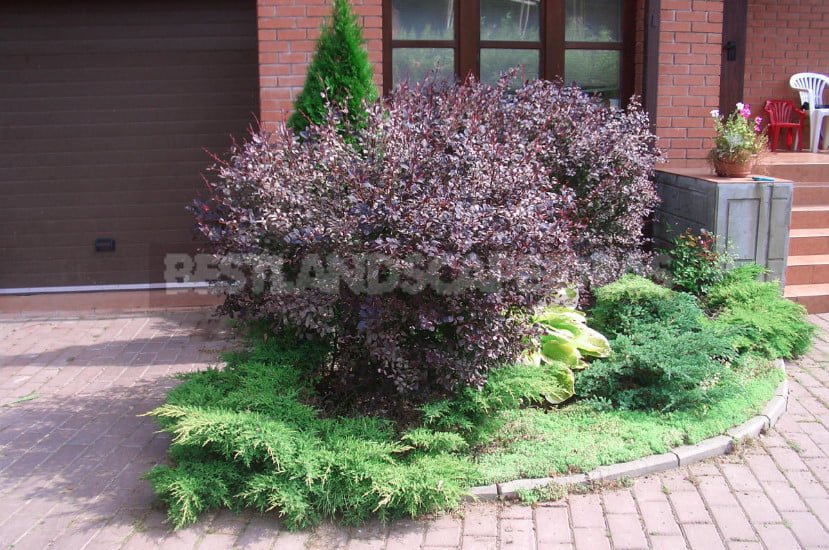
Would you like to garden was elegant and beautiful all year round and did not require any care? “Empty dreams,” the skeptic says. The gardener, wise knowledge of the modern range, will remember decorative bushes. To quote the book “All about the garden, which is easy to care for” dear Dr. D. G. Hessayona: “After the trees and shrubs take root, they practically do not require care – they do not need to be constantly fed or sprayed, cut off the faded flowers and tie to the supports, annually transplanted or sown and rush to water with a watering can or hose in his hands every time the dry weather is set.”
- Berberis vulgaris
Large, up to 2.5 m tall, shrub with green leaves and red ellipsoidal berries in the hands. Spectacular during flowering when it is covered with racemose inflorescences. Berries his seedless forms (Berberis vulgaris var. asperma) are very convenient for processing.
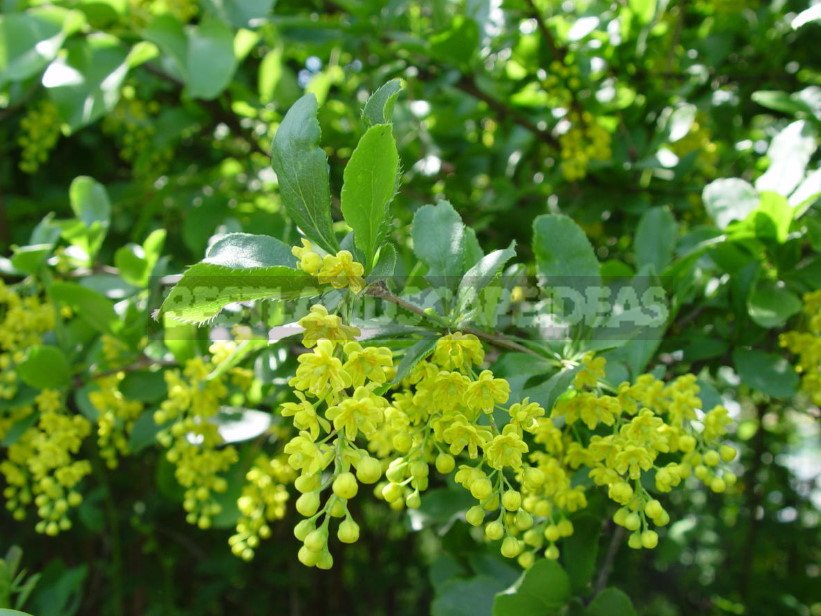
In nature, the shrub grows in forest-steppe areas. To soil special demands not makes, but prefers well-produced.
- Berberis thunbergii
One of the most beautiful deciduous barberries, reaching a height of one meter. Spines up to 1 cm long, simple, thin and elastic. Its graceful fine foliage in autumn is painted in red and purple tones. The fruits of a shrub inedible bright red, shiny, elliptical in shape up to 1 cm in length. They long are hanging on branches, not falling down.
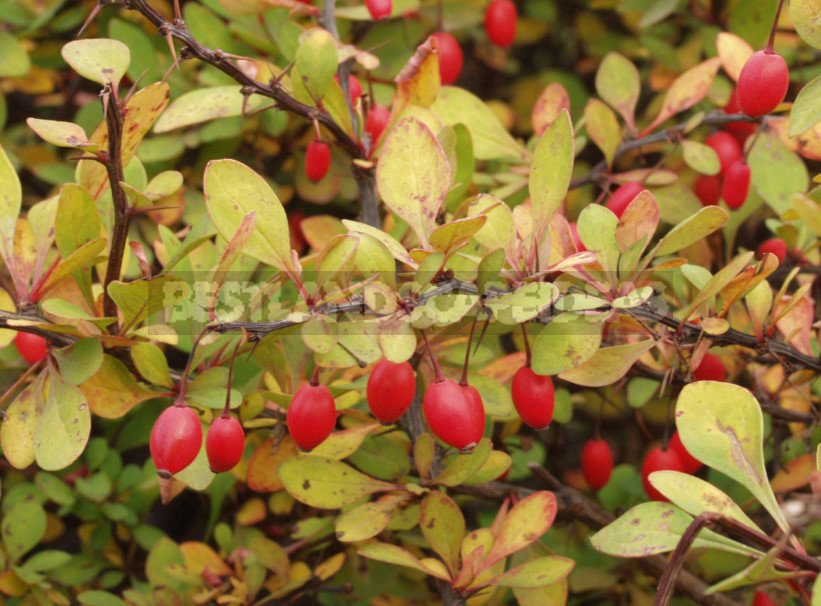
This species is not affected by bread rust and powdery mildew, to which Berberis vulgaris is very sensitive. The most striking representative of the genus, having many decorative forms.
The most popular of the dwarf slow-growing varieties
‘Atropurpurea Nana’ – up to 60 cm tall and ‘Bagatelle’(obtained from crossing varieties ‘Kobold’ and ‘Atropurpurea Nana’)-up to 40 cm with brown-red leaves, which later become black and red. Especially decorative in the spring during flowering and in September, when ripe bright red, shiny berries.
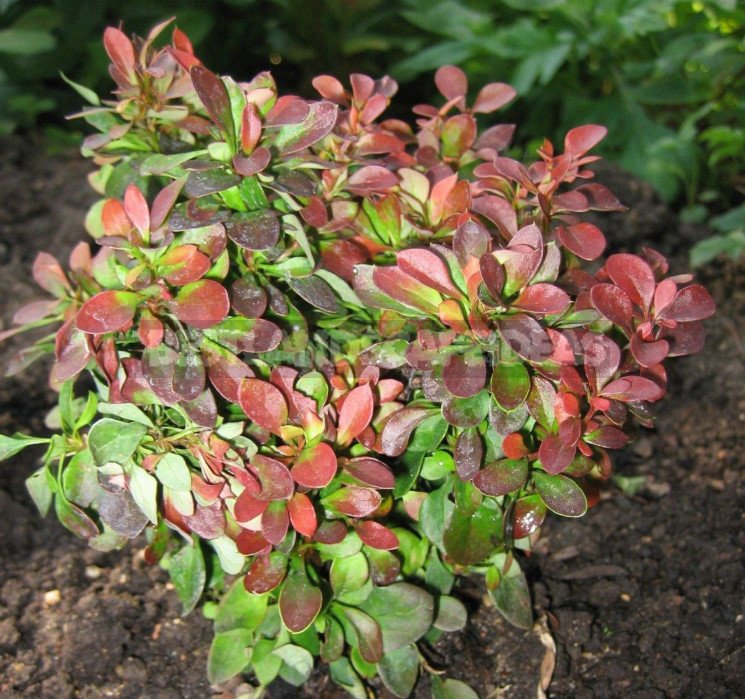
In compact varieties ‘Bonansa Gold’, whose height does not exceed 40 cm, foliage all season lemon yellow.
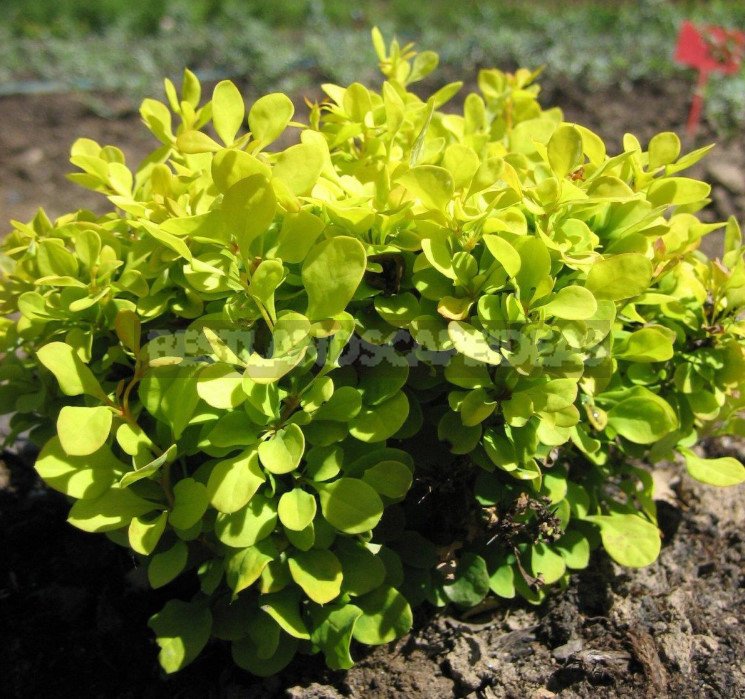
Variety ‘Kobold’ has a height and diameter of the crown to 0.5 m Leaves are dark green, shiny. The fruits of the plant are edible, small, pink or red.

The variety ‘Silver Beauty’ (0.6 cm tall) on a common green background has white strokes and dots.

The best among tall variegated varieties
‘Harlequin’ – forms a sprawling Bush height and diameter of the crown to 1.5 m with purple leaves, decorated with white, gray and pink strokes.
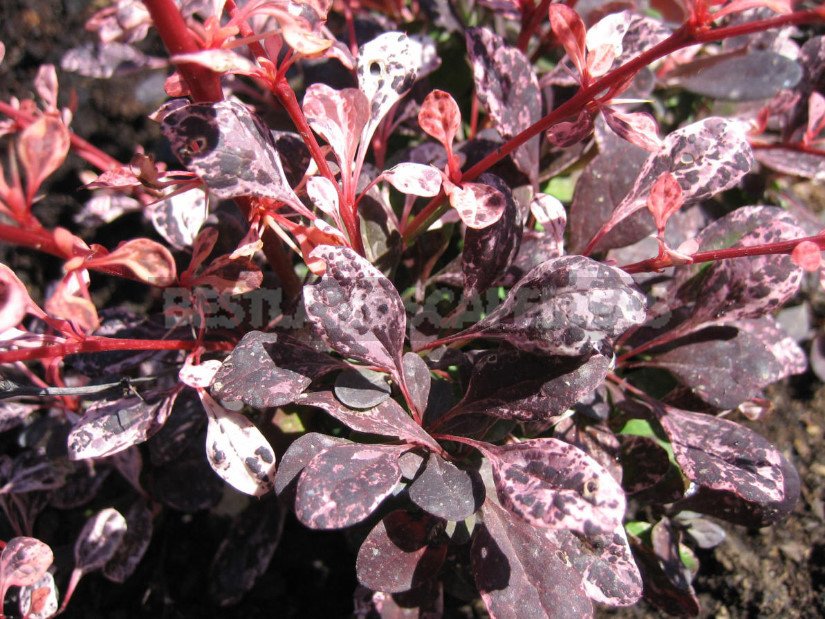
Burgundy two-meter sheets ‘Golden Ring’ banded yellow stripe. Purple varieties: ‘Red Chief’(up to 2 m) has lanceolate, bright leaves,‘Dart’s Red Lady’ (up to 1.5 m) – large cherry-red berries. Autumn leaves are bright red.
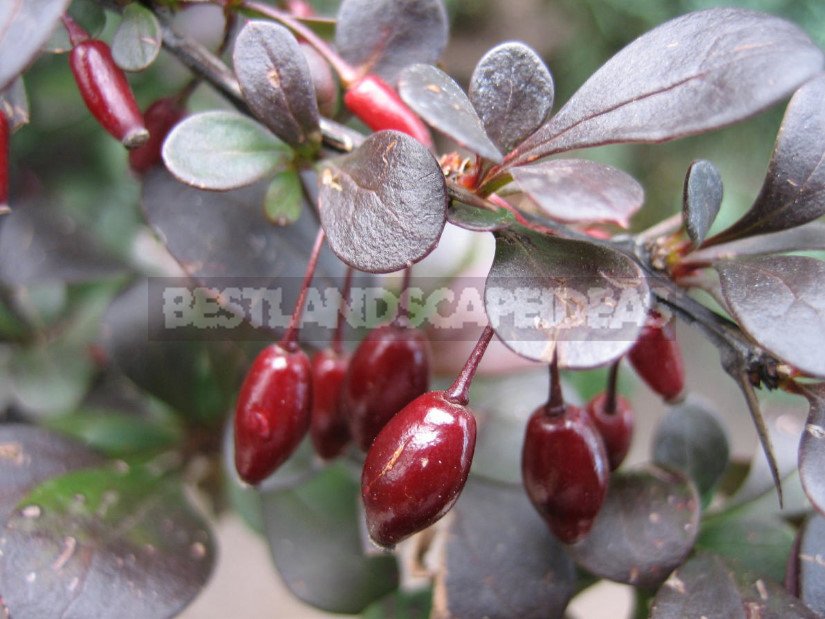
Variety ‘Erecta’ has a columnar shape of the Bush up to 1.5 m, which is particularly impressive in the autumn flowering leaves in scarlet tones. In ‘Green Ornament’ (height up to 1.5 m) crown shape rounded, compact. Foliage at blooming yellow-green, then bright green. Autumn color is brownish-yellow.
Berberis thunbergii ‘Aurea’ – a thick, thorny shrub with bright yellow leaves. Reaches a height of 1-1, 2 m Flowers are white, inconspicuous. The most spectacular color is manifested in the light partial shade, as in direct sunlight leaves get burned and often discolored.
The varieties described above are less winter-hardy than the original species, but when planted in a place protected from the wind and a light shelter for the winter of young plants, spruce branches successfully survive in the middle zone.
- Berberis x ottawiensis
Of exceptional interest for landscaping is obtained by crossing Berberis thunbergii and purple form Berberis vulgaris. It reaches two or more meters in height. The color of the leaves, painted throughout the season in dark purple, and in autumn in crimson tones, approaching the purple form of Berberis vulgaris.
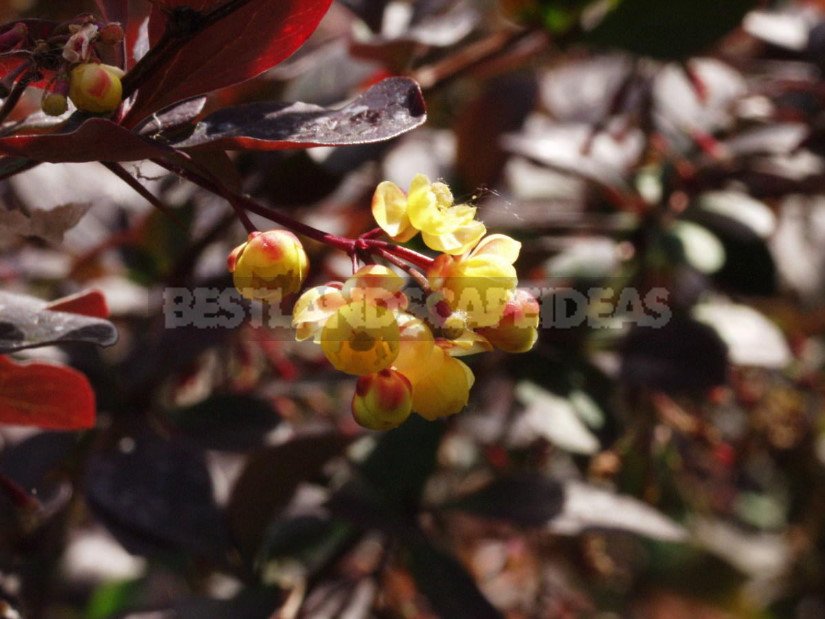
The species is characterized by high winter hardiness. Its cultivar ‘Superba’ is a taller shrub (to 4 m) with straight shoots. The leaves are dark red with a bluish tint. Autumn color – different shades of red and orange.
- Berberis amurensis
High (up to 3 m) plant has a larger, bright green in summer, matte foliage and numerous red oblong fruits. It is characterized by high winter hardiness.
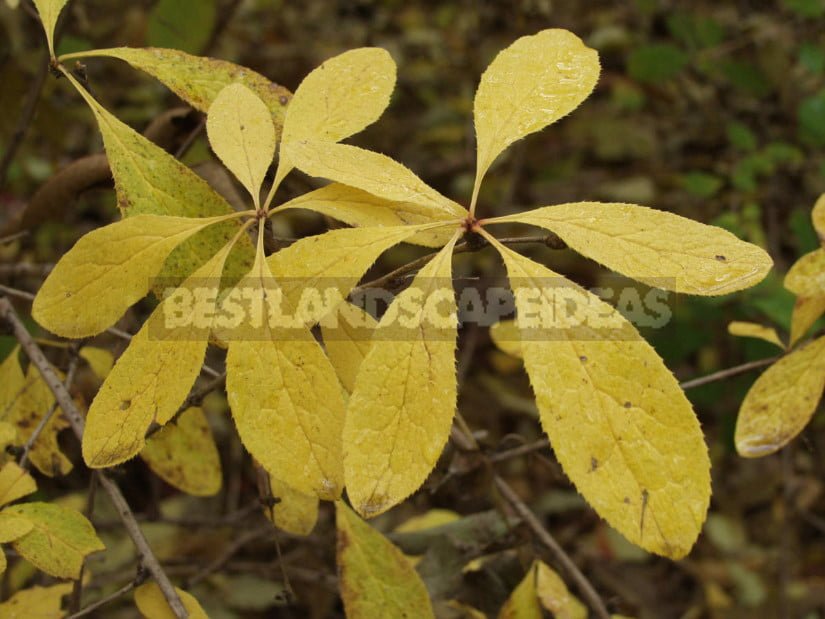
- Berberis dielsiana
More rare in culture. His homeland is Western China. Bush up to 3 m height. Spines can be simple or three-part, up to 3 cm long, leaves spinous-toothed, bright green. In severe winters can freeze part of the annual shoots, but in subsequent years the plant is restored.
- Berberis x emarginata
It is a hybrid of Berberis vulgaris and Berberis amurensis. It reaches a height of 2 m. its young shoots have a purple tint, the second year they become yellowish-gray. Autumn ripen large, up to 1 cm long, bright red berries. The hybrid is very winter-hardy.
- Berberis x media
Its popular cultivar ‘Red Jewel’ is a low dry prickly shrub up to 1 m. leaves have a purple hue. Grows well in open Sunny locations with well-drained soil. For the winter requires shelter.
- Berberis heteropoda
Interesting for its dark-colored fruits. Shrub large, up to 2.5 m, winter-hardy, drought-resistant.
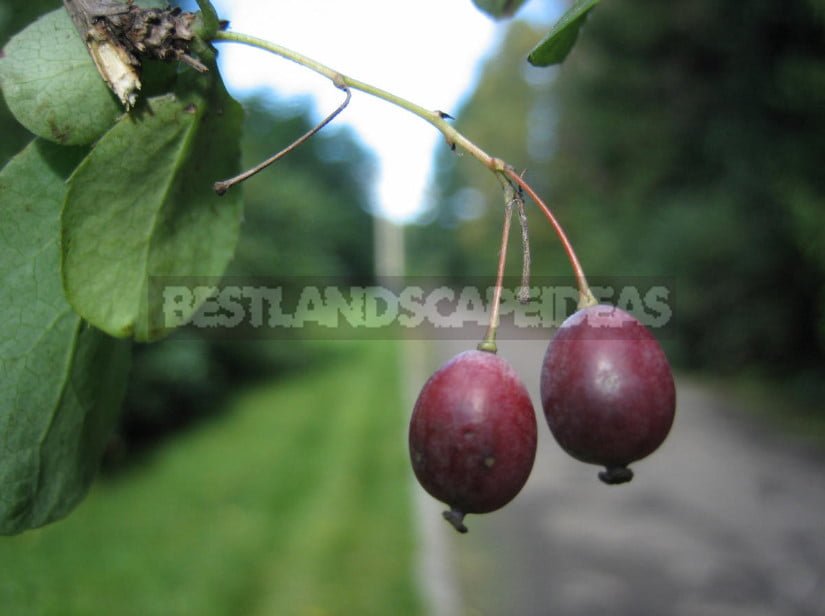
The leaves of this barberry have a kind of gray-green color, against their background, the brushes of large berries of dark purple or black color with a bluish bloom look decorative. They are widely used as a seasoning in Oriental dishes.


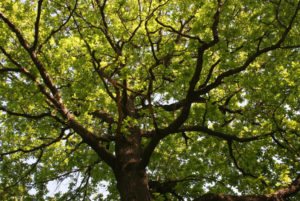
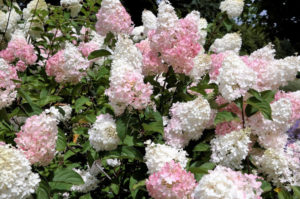
Leave a Reply